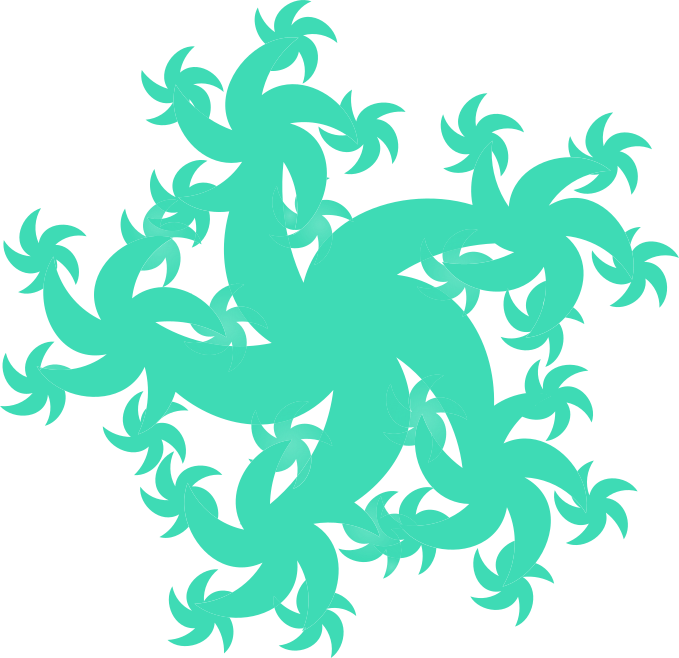
DMT
{The Spirit Molecule, Jungle Spice, Dimitri, the Businessman’s trip, Fantasia}
Put your brand in front of thousands monthly and support the growth of harm reduction.
Effects
Here are the most common effects, not everyone necessarily experiences all of them every time they consume the drug and other effects not listed might be felt. The likelihood of experiencing negative effects is far greater at high doses.
The effects are (from positive to negative):
Euphoria
Existential self-realization
Exposure to inner mechanics of consciousness
Ego death (personal bias suppression)
Unity and interconnectedness
Hallucinations (vision, sound, and touch)
Time distortion
Dysregulated body temperature
Emotion enhancement
Severe confusion/disorganized thinking
Unease and gloomy feelings
Anxiety/paranoia
A DMT overdose is rarely physically dangerous (it would take close to 100 times the typical dose); however, the experience can be incredibly overwhelming and disorienting. This can be tricky to notice externally so remember to take deep breaths and communicate your distress to the tripsitter who will attempt to soothe you. Take deep breaths and try to remember that it is only the effect of the drug ableand that it will be over soon.
References
Websites
https://psychonautwiki.org/wiki/DMT
https://www.medicalnewstoday.com/articles/306889.php
https://erowid.org/chemicals/dmt/dmt.shtml
https://erowid.org/library/books\_online/tihkal/tihkal06.shtml
https://erowid.org/chemicals/dmt/dmt\_culture1.shtml
https://www.legislation.gov.uk/ukpga/1971/38/contents
Papers
Barker, S. (2018). N, N-Dimethyltryptamine (DMT), an Endogenous Hallucinogen: Past, Present, and Future Research to Determine Its Role and Function. Frontiers in Neuroscience, 12.
Nichols, D. (2016). Psychedelics. Pharmacological Reviews, 68(2), pp.264-355.
dos Santos, R., Bouso, J. and Hallak, J. (2017). Ayahuasca, dimethyltryptamine, and psychosis: a systematic review of human studies. Therapeutic Advances in Psychopharmacology, 7(4), pp.141-157.
Strassman, R. J. (1984). Adverse reactions to psychedelic drugs. A review of the literature. The Journal of Nervous and Mental Disease, 172(10), 577-595.
Szabo, A. and Frecska, E. (2016). Dimethyltryptamine (DMT): a biochemical Swiss Army knife in neuroinflammation and neuroprotection?. Neural Regeneration Research, 11(3), p.396.
Put your brand in front of thousands monthly and support the growth of harm reduction.
